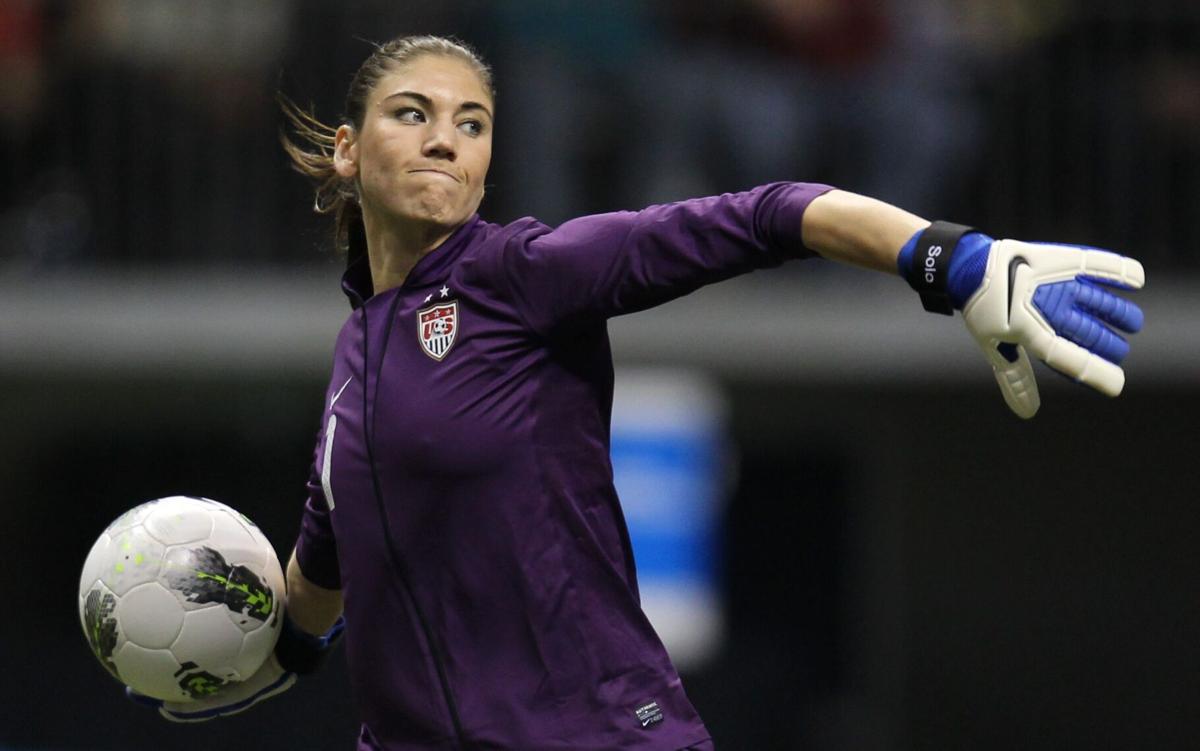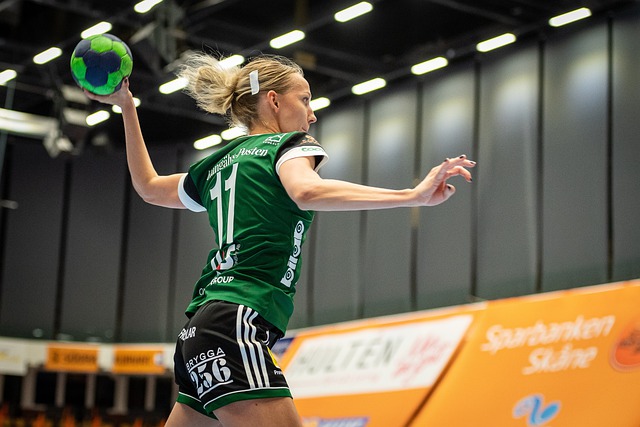
Fred Oliver is a well-known American soccer player if you have been following the evolution of the sport for any time. This player, a native of Pawtucket, Rhode Island, played centerback, defender, and forward for the Pawtucket Free Wanderers. In the United States' early soccer history, African Americans were the first to play in a senior league. His career began in a bolt factory, but he was a star for the team's name, which earned him a spot in the first edition of the World Cup.
African Americans have played in a senior league
The United States has a long and rich soccer history. However, little is known about this. This history is not documented by the leagues. To find these stories, sports historian societies are formed. The Society for American Soccer History recently published the report about the first African American player in soccer. The report, titled Fred Watson and Oliver Watson, outlines the earliest known soccer players of African descent in the United States.

Despite the fact that the game has become more diverse, the dearth of black representation in its executive roles remains a serious problem. Only 1.6% of soccer executives are African-American. The only Black owners of professional soccer clubs are Burton Albion and Salford City, low-profile English third and fourth tiers. Black ownership is partially responsible for the shortage of Black managers or coaches. Nonetheless, the Society is attempting to change this by providing a platform for African American players.
The NASL fell in the 1980s
The NASL was struggling in the early 1980s to remain competitive. The league declined due to expansion and disputes with the union. The unemployment rate had reached 10.8% at the same time, which was the highest since World War II. As owners attempted to reduce costs, it was clear that the league was losing cash. The league was in danger of collapsing in 1982.
The league's financial problems started to have an impact on the clubs. In 1977, the league had only 18 teams, and the majority of owners were spending over 70% of their budgets on player salaries. Many owners decided to keep six teams, despite the NASL's inability to finance them. In 1978, there were 24 league teams. However, that wasn't enough to keep up the growing league.
The U.S. was proud to host the 1986 World Cup.
Although the U.S. didn't win, it was a clear sign of its success from the beginning. There was a record attendance, higher than any time in U.S. football history. In the opening round, the U.S. defeated Yugoslavia 4-2 in front of 97,451 fans at the Rose Bowl. The semifinals saw Brazil defeat Italy 2-1 in front 83 642 Stanford students.

The United States qualified to the World Cup on the basis of its performance in the qualifying phase. After a slow qualifying campaign, the Americans fired Jurgen Klinsmann and rehired Bruce Arena, who won three of eight qualifiers. Sunil Gulati the president, U.S.Soccer, stated that the U.S. wanted to achieve the qualification campaign.